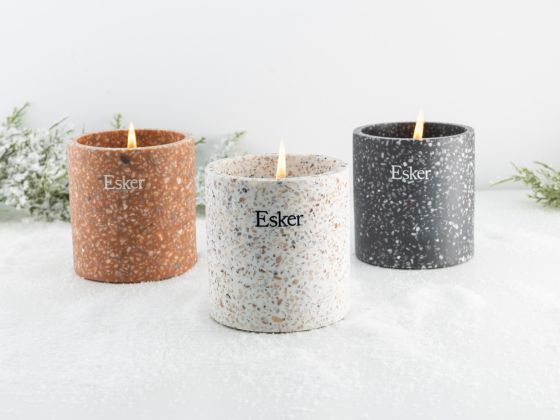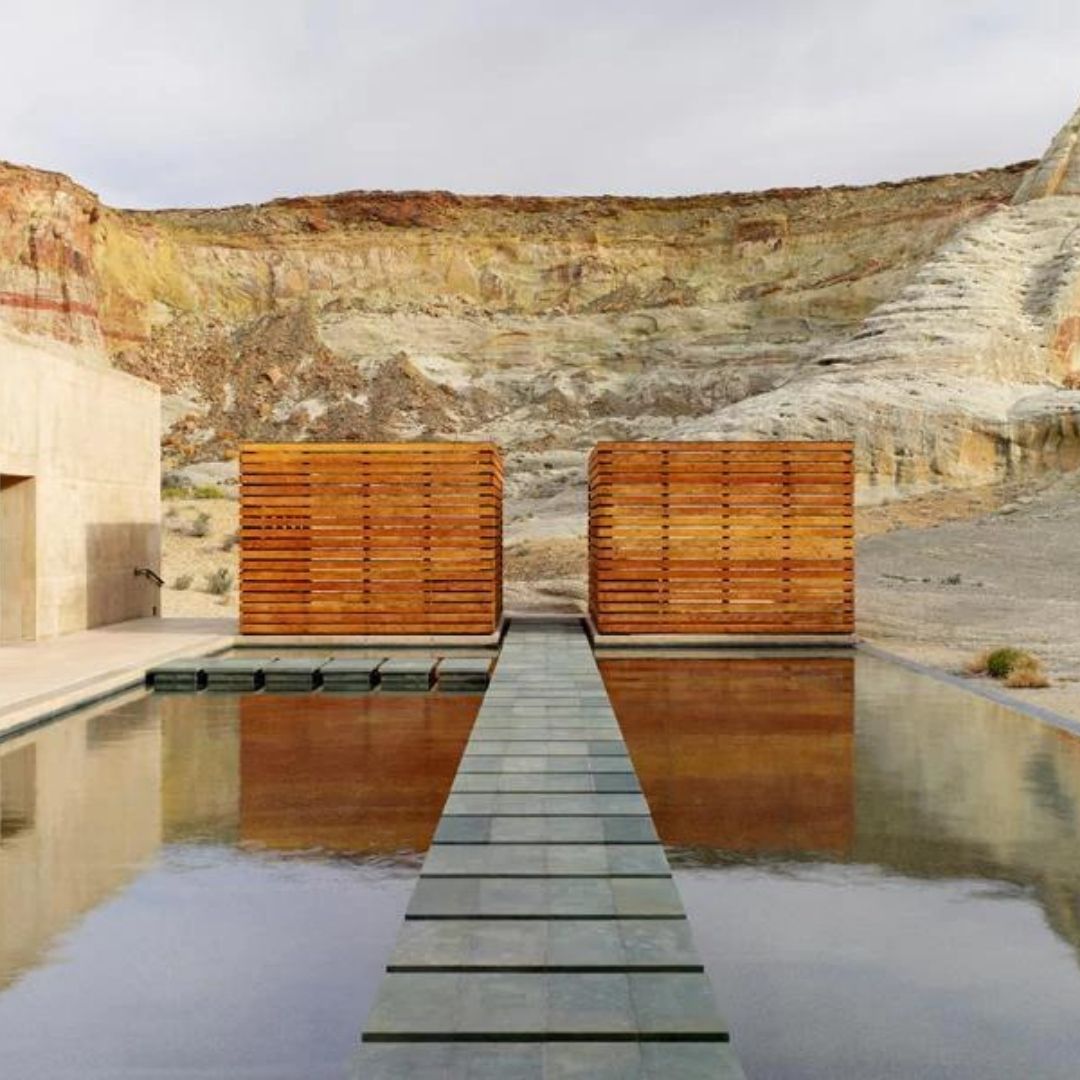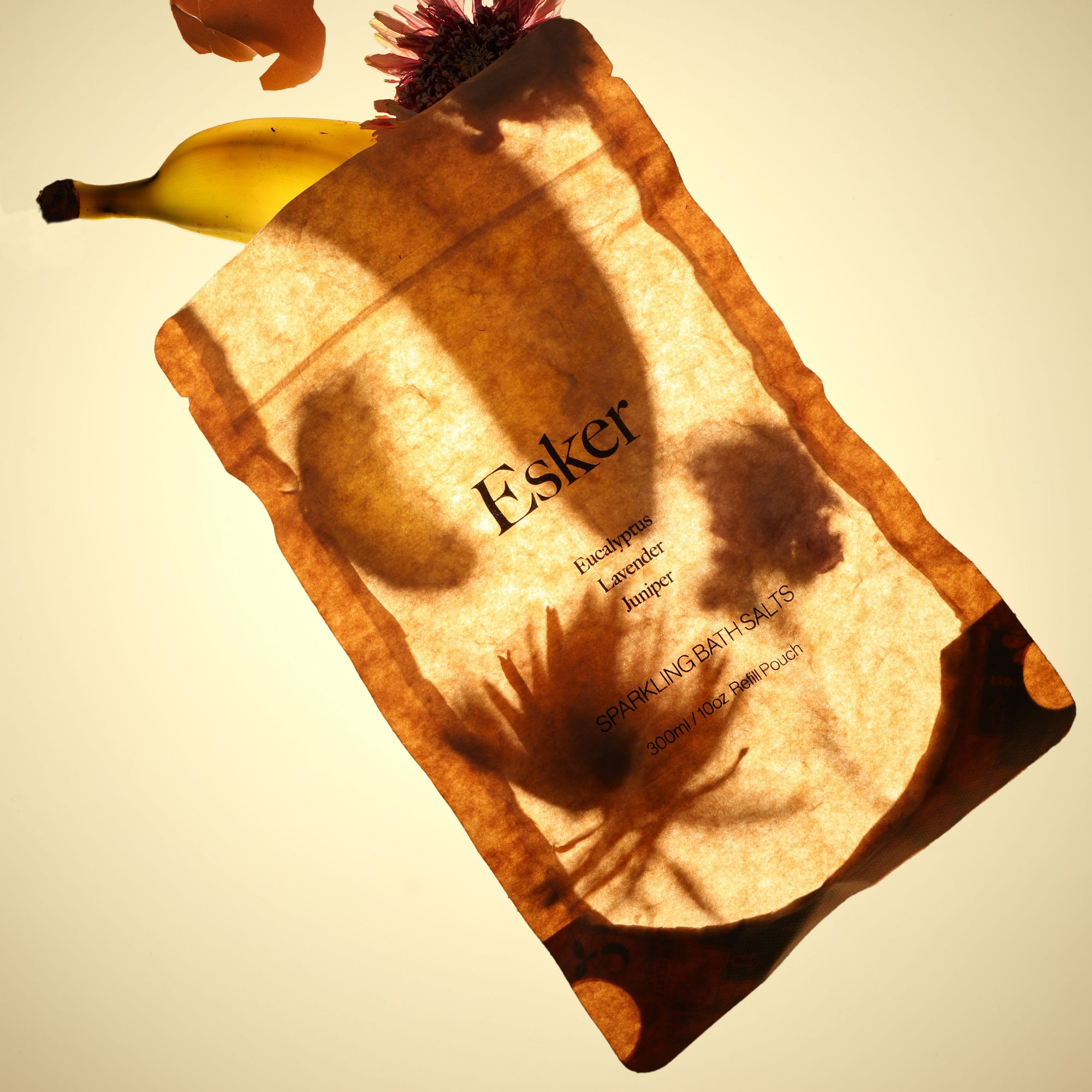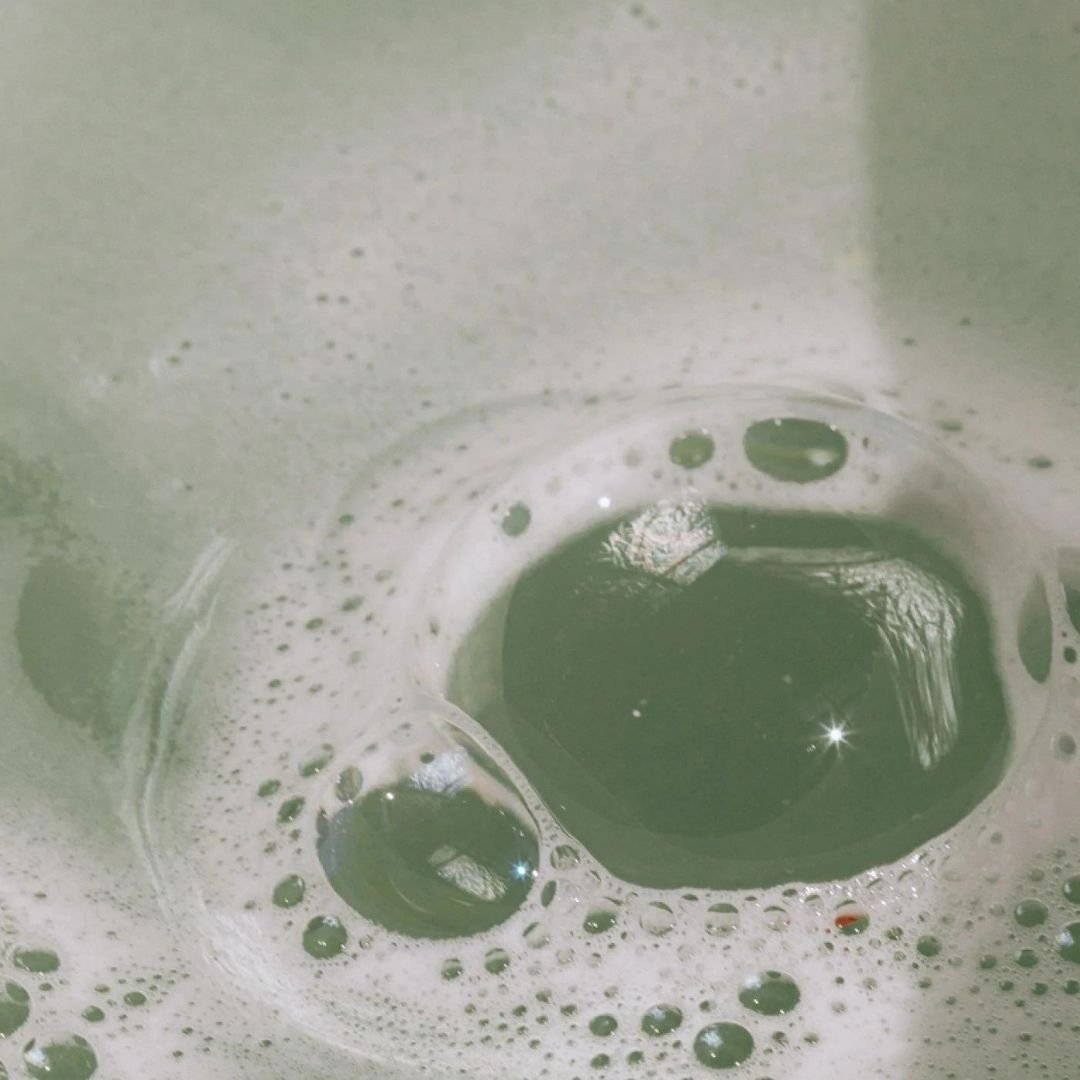Submerging oneself in water is an age-old way to find relief. Picture: wading into rivers, streams, hot springs, lakes. But where did the tradition of hot water as toxin release come from? Join us as we go back in time to examine the roof of bathing, and where our modern soaking traditions originated from.
The First Public Bath
Dated to 2500 BC, the "Great Bath" was found in 1900 by archaeologists in present-day Pakistan. Made from baked brick, the Great Bath resembles a large swimming pool and was likely used for religious purposes related to purity and cleanliness. We agree, even 4,000 years later that cleanliness is next to godliness.
The Roman Baths
Possibly the most famous bathing experience in history, the Roman Baths are known for their accessibility and architecture. People of all backgrounds visited the baths in order to cleanse themselves and socialize. Here they used oil and a tool called a strigil (the inspiration for our Body Plane) to scrape the day away.

Bathing Around the World
Though the Great Bath is the first (known) large-scale submerging system, there have been multitudes of bathing evidence found around the world. Each experience has its own tradition from different heating methods to rituals to architectural features.
Turkey
The Turkish hammams are similar in construction to the Roman Baths, featuring separate rooms of different temperatures, for different uses. In 600 AD, hammams were places to celebrate life events publically, and are still very active today.
Russia
Russian banyas were popularized in 900 AD, where mythic bathing spirits (called Bannik) encouraged good behavior by the threat of boiling water. The sanduny banya in Moscow, built in 1806, is still active today and now features a large spa, salon, and fitness center.
Japan
Actually natural hot springs, Japanese onsen are born from the powerful volcanic activity in Japan. Likely crafted by Buddhist influence with the lens of rejuvenation and healing, modern onsen has a strict etiquette policy for behavior and conduction.
Korea
Korean jimjilbang is a family affair that uses volcanic activity similar to the onsen to craft natural hot spring destinations. Modern jimilbangs are usually open 24 hours a day, and sometimes feature unique architectural elements, like jade in their saunas!
Native American
Native American sweat lodges utilize the same heat-centered principle that bathing does, without submersion. The sweat lodge experience is still popular today as a method of spiritual and moral strengthening.
Finland
"Suana" is actually a Finnish word for hot steam bath, which goes to show how popular the activity is in Finland. There are likely two million saunas in the entire country! The Finnish would alternate between hot smoke or steam sauna time and a quick trip to the snowy outdoors in order to get their circulation going.
Source: BBC







1 comment
Stacie
Very cool Information. Thank you for sharing. I would love to visit all of these places.
Very cool Information. Thank you for sharing. I would love to visit all of these places.